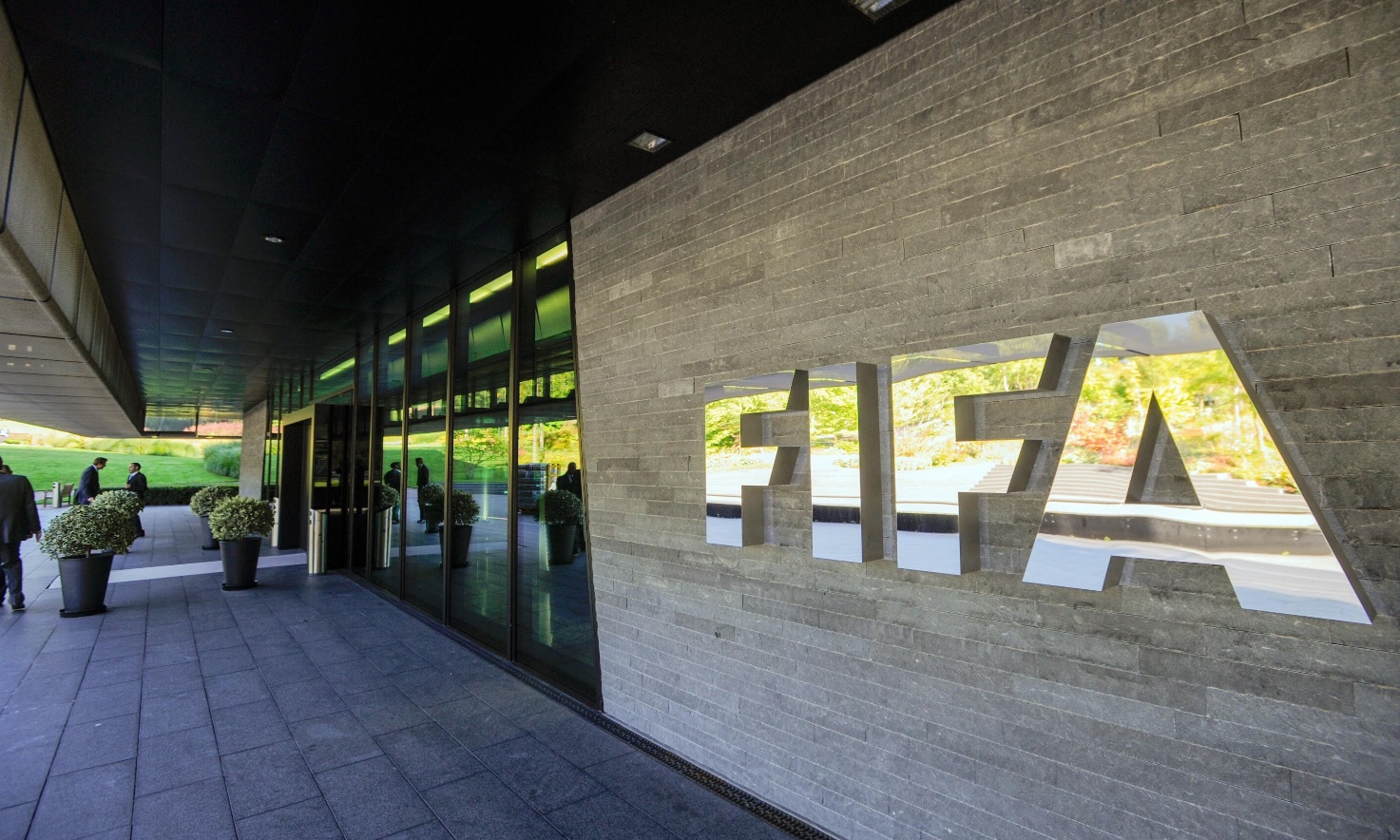Player transfers: FIFA changes everything!

Every year 18,000 footballers change the uniform they wear and play for another team. Only a small fraction ever reaches the major news sections. Contrary to what most people think, a transfer is not just a matter of agreement between two clubs and satisfaction of the demands of the players themselves. There are plenty of other underlying issues that have caused many problems in the past. It is exactly these issues that FIFA wants to resolve through the creation of the Clearing House. Issues that are not usually included in the training sessions where people learn about the sports betting basics.
The need for the institution
In 2015 the European Union issued the Payment Services Directive 2 (PSD2) regulating how people should be paid. The guide instigated a suggestion for the creation of a mechanism to intercede and streamline the reception of the appropriate funds by all the interested parties, after a transfer has been completed. The suggestion was accepted by the Council and the procedure was set in motion to form the FIFA Clearance House.
The primary objectives of this institution will be the collection and distribution of the amounts due for the Solidary Contributions and the Training Compensation programs. It’s actually the primary reason for the inception as, according to the relevant calculations, over 400 million US dollars should be distributed every year to various beneficiary clubs. Instead, only 70 – 80 million actually do.
The last mile is almost covered.
The new body will be independent of other authorities and will have France as its headquarters. On Friday Sep 23, the appropriate authority (Autorité de contrôle prudentiel et de résolution, ACPR) granted FCH a license as a payment handling institution. Under this license they will be able to collect 5% from the final amount agreed upon for a transfer of a player from one club to another, and then distribute it to the beneficiary teams.
A distinguishing feature will be that the clearing house will not wait for petitions, claims or applications from the clubs, in order to determine if they should receive money or not. It will be in its duties to track all transfers and find which side is entitled to compensation.
Training Compensations & Solidarity Contributions
This is a concept that is better understood through an example. When CR7 was transferred from the Red Devils to the Merengues, the price for it was 100 million Euros. 5% of that amount went to Sporting Lisbon as the academy where CR7 learned the secrets of the sport. In most contracts, this compensation is included in the terms and therefore should be trackable by FCH. This amount refers to players signing their first contract or receiving an international transfer before the age of 23.
The solidarity contributions are applicable when a player is transferred before the end of their contract with the club they are departing from. In this case, any team where the player received education and training is eligible for a percentage of the total amount for the transfer. Again, the rule pertains to international transfers. FIFA cannot enforce it on local leagues as they are subject to the country’s legislation.
The whole point of the exercise is to make sure that clubs are not cheated out of money that they are entitled to while seeing to it that some of the smaller teams receive funding to cover expenses. It’s all included in the concept of fair play that the football ruling body wants to enforce. Fairness is, anyway, the major concept that is discussed, with much disbelief, in all sports betting blogs. Perhaps the FIFA Clearance House will help alleviate the general feeling that things are not handled fairly in major competitions and leagues.










